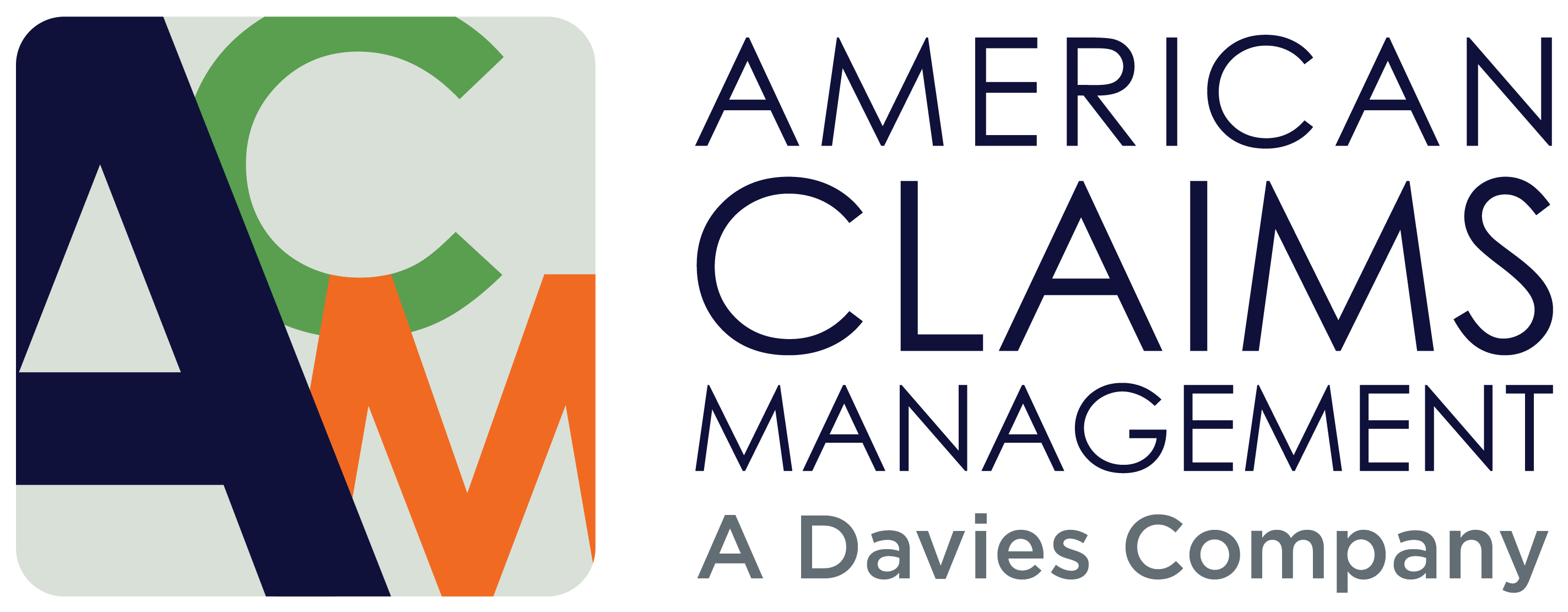The Occupational Safety and Health Administration (OSHA) regulates workplace safety in the United States. Is your company in compliance with OSHA standards? By following these four pillars of health and safety compliance, you can uphold OSHA’s standards and ensure a safe workplace.
Related: OSHA’s top 10 violations for 2022 [slideshow]
Health and safety policies that uphold OSHA standards
Private industry companies reported 2.7 million nonfatal injuries and illnesses in 2020 (latest figures available), but workers could have probably avoided many of these through workplace safety rules. Some examples of health and safety policies taken from OSHA’s standards include:
- Keeping work areas tidy: Keeping workplaces free of spills or clutter helps ensure nobody will slip, trip or fall.
- Reporting workplace accidents: Employees should let supervisors know when an accident occurs. They should feel free to report problems without any repercussions.
- Dressing appropriately: If your team works with heavy equipment or machinery with moving parts, they should tie back their hair, avoid dangling jewelry or neckties, keep their arms and legs covered and wear personal protective equipment meeting OSHA’s standards.
- Only operating tools they’ve been trained for: Workers should only operate machinery and tools they’ve had specific training for. Some equipment even requires certifications or licenses.
- Lifting heavy objects properly: Employees should squat down and lift heavy objects with their legs, not their back. They should also work together or use machinery to lift cumbersome items.
- Taking breaks as needed: A well-rested worker will be a much safer worker than someone who worked seven straight hours. Encourage staff to take breaks when they’re tired, in pain or feeling sick.
- Following lockout/tagout procedures: If dangerous machinery must be repaired or serviced, employees should follow a lockout/tagout procedure to shut it off and not start it up again until it’s ready for operation.
- Avoiding alcohol and drugs at work: This goes without saying, but workplaces and intoxication don’t mix. Keep everyone safe by prohibiting drugs and alcohol at work.
- Storing dangerous materials properly: Power tools, radioactive equipment and chemicals should be stored in the proper containers to avoid spills or misuse.
You know your workplace better than anyone, so you should develop custom rules to suit the needs of your crew. Consider creating fire escape routes or tornado drills that will work in your specific building and make sure everyone knows what to do in an emergency.
Related: How to minimize the risks of material handling
Hazard identification
The second pillar of health and safety is hazard identification. OSHA states that one of the leading causes of workplace accidents is when people fail to recognize hazards. It’s your job to train your workers to collect information about potential and actual dangers from their surroundings.
For example, look around the workplace to identify dangerous objects or situations, such as a tree leaning close to a power line. You can pore through previous employees’ compensation records and reports to identify hazards. Also, look for patterns of repeatedly occurring injuries or accidents in the workplace to predict what might happen again.
Another part of hazard identification is conducting regular workplace inspections to identify dangers. Check equipment such as vehicles, machinery and fire extinguishers.
Examine work areas and facilities for potential walking or climbing hazards. In 2020, 18 percent of 1,176,340 work injuries resulting in days off work were related to slips, trips and falls. Inspect the building for health hazards like radiation, gas leaks, toxic fumes or mold. Also, make sure people are lifting heavy objects properly. Document all these findings in a safety report.
When incidents do occur, conduct an immediate investigation to see what hazards caused them. Did somebody trip on a loose cable? Were there nails sticking out of the floor that should have been hammered in?
The first step is to create a plan for conducting these investigations. Who will be involved? How will you communicate? What supplies do you need for this process? Your team should mix workers and managerial staff to keep things balanced. Employers should train their teams to be objective and open-minded throughout the investigation process.
Determine what caused any equipment failures or how the company could have avoided them. For example, if a crane suddenly collapses and drops a steel beam on someone, you’ll need a thorough investigation. Was the crane old? Did it not receive proper upkeep and maintenance? Was the crane operator adequately trained?
Once you’ve identified hazards around the workplace, you can take steps to address them, following OSHA’s standards.
Related: Steps to reduce on-the-job injuries
Proper training
Your employees will be much safer at work if they have the proper training to do their job. This is what the third pillar of health and safety covers.
Training doesn’t have to be formal, classroom-based learning. Jobsite demonstrations, peer-to-peer training and on-the-job education are all valuable methods of getting teams up to speed regarding health and safety compliance. Supervisors can benefit from leadership training on how to conduct safety programs.
Brief your employees on health and safety policies, their function, how to report hazards and injuries, what to do in an emergency and their workers’ rights. They should also learn how to wear personal protective equipment properly and what to do when you assign them a new task or job location.
The health and safety program can only work when everyone involved feels comfortable voicing any concerns, so encourage people to speak up if they don’t understand or have a complaint. A manager should give a chance for listeners to provide feedback at the end of training.
Practice runs
The last pillar of health and safety is to conduct practice runs. Your workers are aware of the policies on fire and tornado drills, chemical spill scenarios or workplace accidents. But what would they do in a real emergency? Running through practice drills ensures everyone knows where to go and how to behave.
For example, you can inform people there will be a fire drill at some point in the week but not tell them exactly when it will occur. OSHA’s standards require you to have a written fire prevention plan visible in the workplace, so use this to guide your fire drill procedures.
When an alarm sounds, encourage people to react as if there was a real emergency and grade them based on their performance. Repeat this as many times as necessary until everyone is quick to respond, can walk without pushing anybody out of the way and can calmly exit the building or get to safety.
Creating a safe workplace with OSHA standards
Health and safety compliance is necessary to uphold OSHA standards and create a hazard-free workplace. Implementing these four pillars into your workplace can help reduce accidents and keep things running smoothly.
This article originally appeared on Arrowhead’s corporate blog and is reused with permission.

